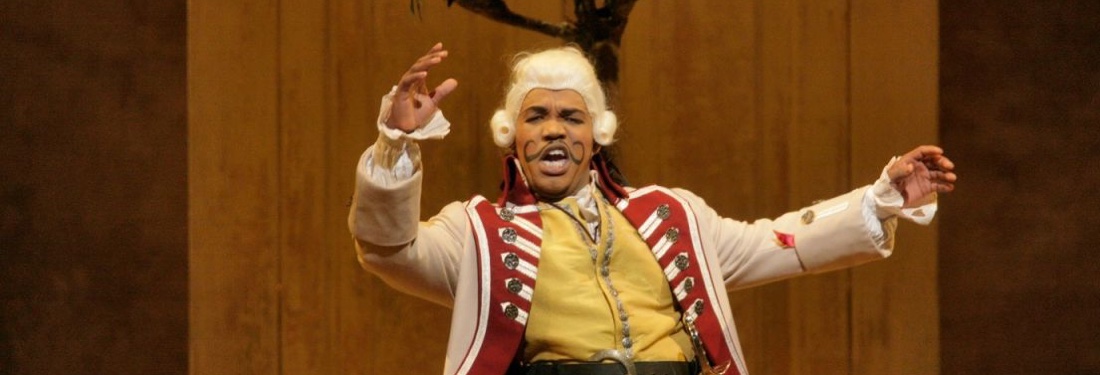
Peter Goodman in Newsday:
The Valkyries who came to the Met Monday night were a coltish crew, bouncy cheerleaders who rolled and leaped and tossed their spears on the mountaintop, joyous in being young and immortal and gathering dead heroes.
The eight maiden warriors (seven of whom were making their Metropolitan Opera debuts) exploded with high spirits, even though it’s hard to sing evenly and strongly while you’re running and jumping around the stage. The rest of the new Met production of Wagner’s ‘Die Walküre” was, if more somber, refreshingly realistic both to the ear and the eye.
This “Walküre,” which opened the 103rd Met season before the usual gala throng, may be the culmination of the current wave of Wagner productions, with naturalistic sets and costumes (designed by Gunther Schneider-Siemssen and Rolf Langenfass), and characters (directed by Otto Schenck) meant to be fully rounded human beings, whether disguised as gods or as dragons.
Schenck has said that it shouldn’t really matter whether the listener can understand the words being sung, for the performers’ actions and the music expresses the emotions encompassed in Wagner’s music-drama. For much of the long evening (curtain up at 6:30, down at 11:40), that was the case. Powered by James Levine’s fervent, elastic conducting, the orchestra and cast responded dearly to every nuance of the complex score.
The evening was not an unalloyed triumph. Though the cast included some of the best Wagneriana singing today, that best is not as strong and pure as it has been in other times. Taken together, however, the singing, acting and staging in this “Walküre” were often quite moving.
Schneider-Siemseen’s sets are monumental and attractive. Hunding’s home, the setting for Act I, is hewn from the living earth. A huge ash tree grows into the roof, which looks like a layer of stone; the walls are swirls of rock and root and, although the house is large, it seems buried under the soil. Not until the doors open wide upstage, letting brilliant moonlight shine on the love: a Sieglinde (soprano Jeannine Altmeyer) and Siegmund (tenor Peter Hofmann), do we realize that the building is on the surface.
The rocky cleft of Act II is the bottom of a sheer canyon; the stone edges looming above the singers look sharp and dangerous, while the sky behind is alive with cloud and light. Gil Wechsler’s lighting is virtually a separate character.
Altmeyer and Hofmann have sung Sieglinde and Siegmund many times. But Schenck has toned down their impetuosity and lust; they are little less adolescent and so more believable. As Hunding, Sieglinde’s mortal husband, Aage Haugland is bearish and heavy, a dangerous and uncouth man.
Too bad that Hofmann’s voice has deteriorated so badly; it wobbled and sounded strained. Altmeyer’s sound grew from trembling girlishness to glorious love, and Haugland had a ringing edge.
The great protagonists of “Die Walküre” are Wotan (bass Simon Estes) and Brünnhilde (soprano Hildegard Behrens). Estes made a wilting figure on stage, but his firm voice did not have the volume to make his characterization believable. After making a valiant if not completely successful attempt with the [Act II beginning] war-cry, Behrens’ Brünnhilde was focused and strong.
But the single best performance, both vocally and dramatically, was Brigitte Fasabaender’s Fricka, who forces husband Wotan to uphold the law. Her voice penetrated the house like a strobe and, in her desperation and sadness, she seemed a sympathetic, wronged woman.
Levine’s conducting was a living presence; the orchestra grumbled, writhed and sang for him.
“Die Walküre” is long and difficult for performers and audience alike. Monday’s performance, despite some languor in the second act, was electric and powerful.
Happy 80th birthday soprano Anna Tomowa-Sintow.
On this day in 1964 Fiddler on the Roof opened on Broadway.
Birthday anniversaries of baritone Herbert Janssen (1892), soprano Elisabeth Rethberg (1894), stage director and librettist Colin Graham and conductor Nello Santi (both 1931).
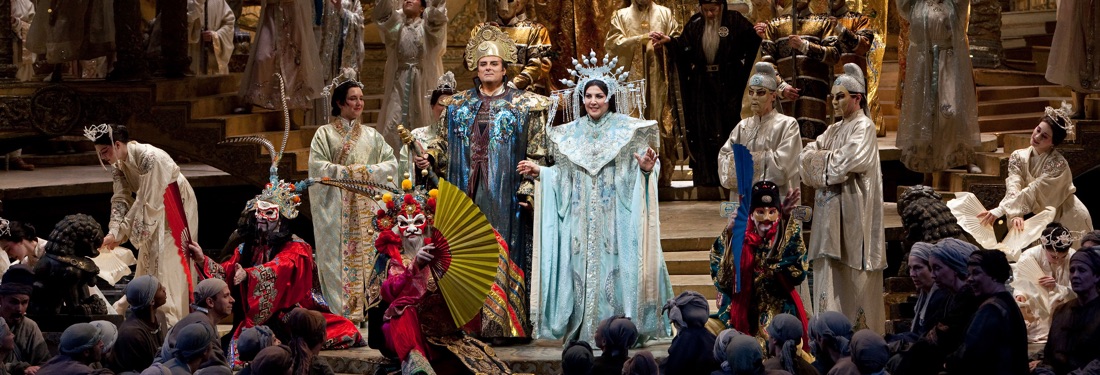
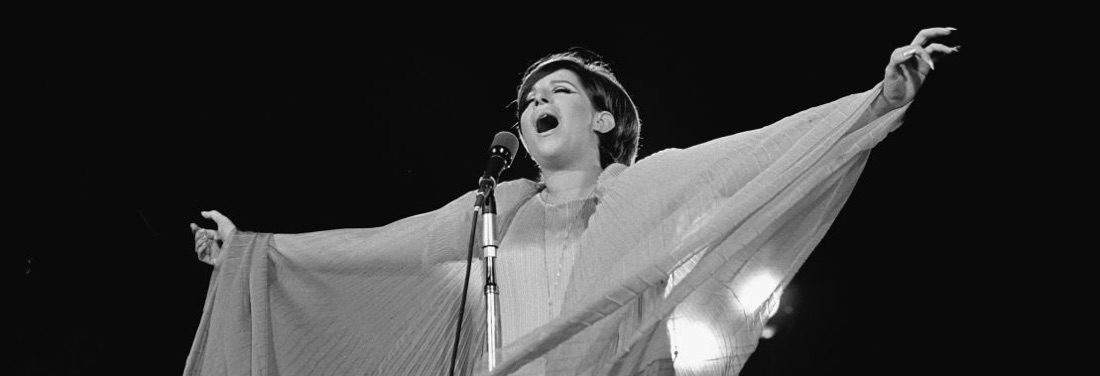
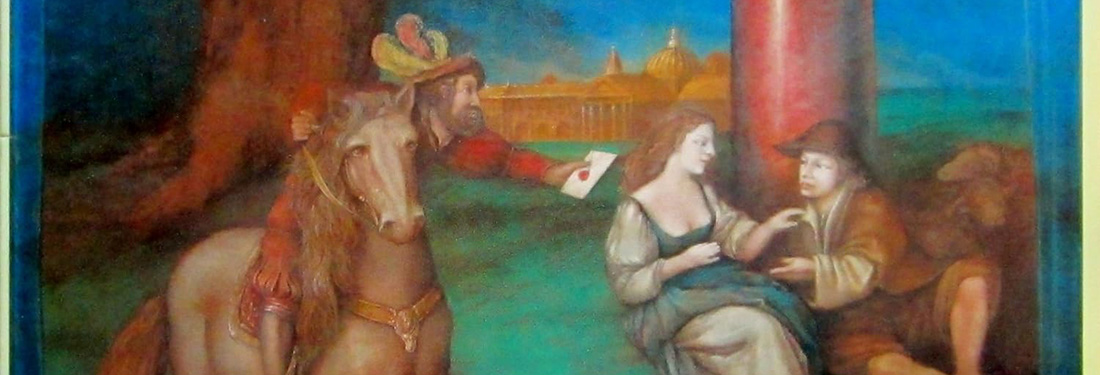
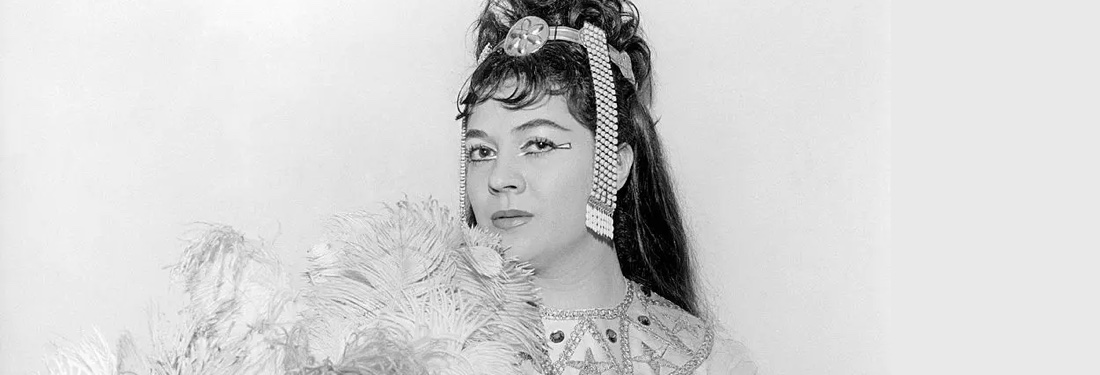
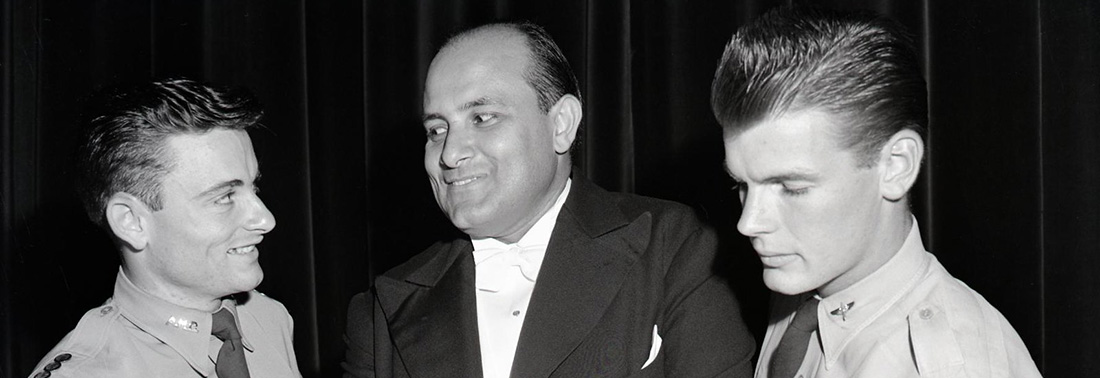
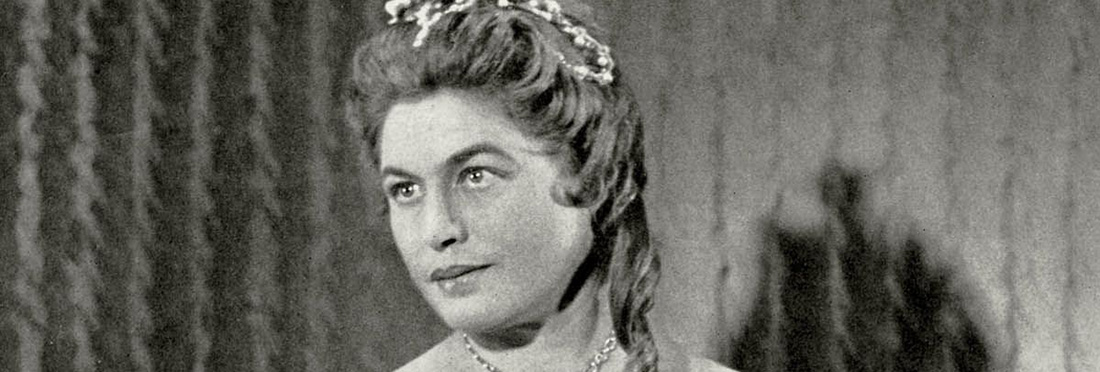
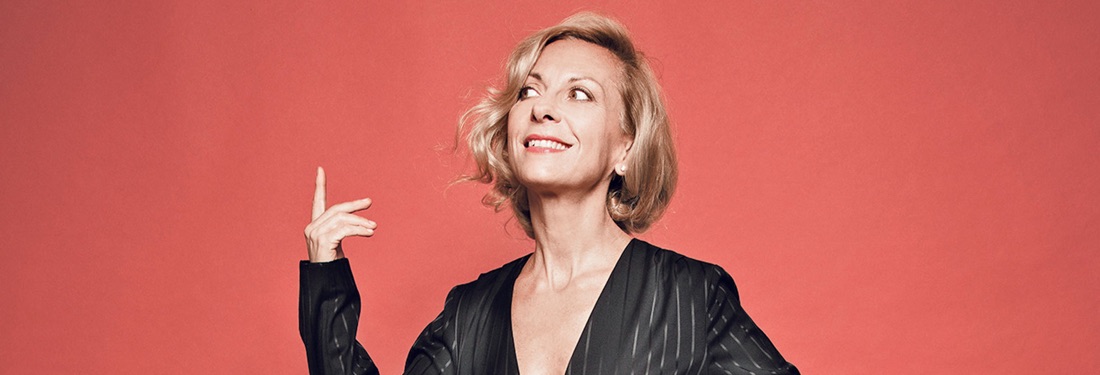
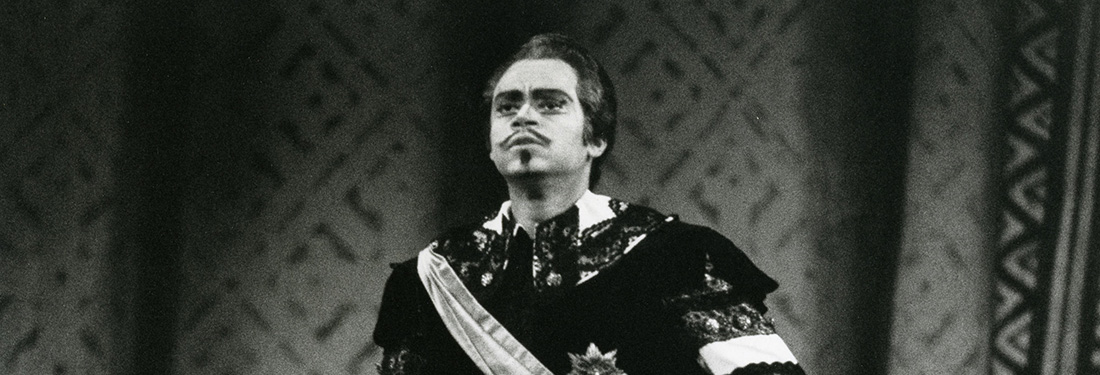
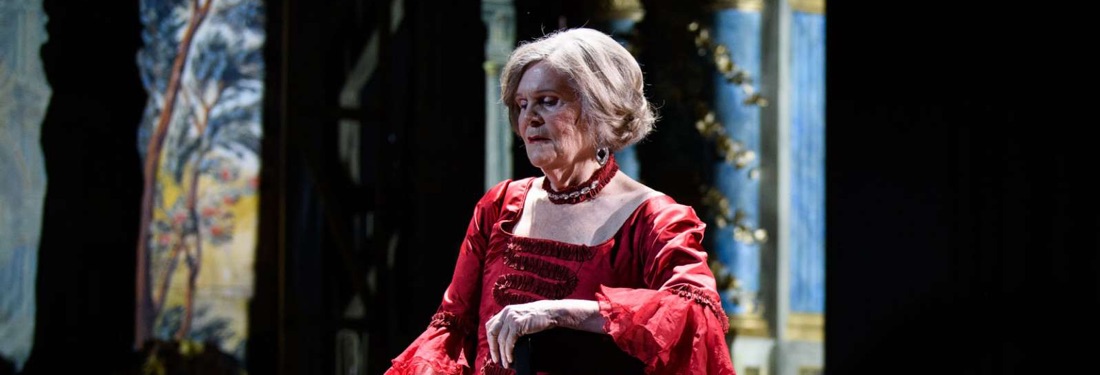
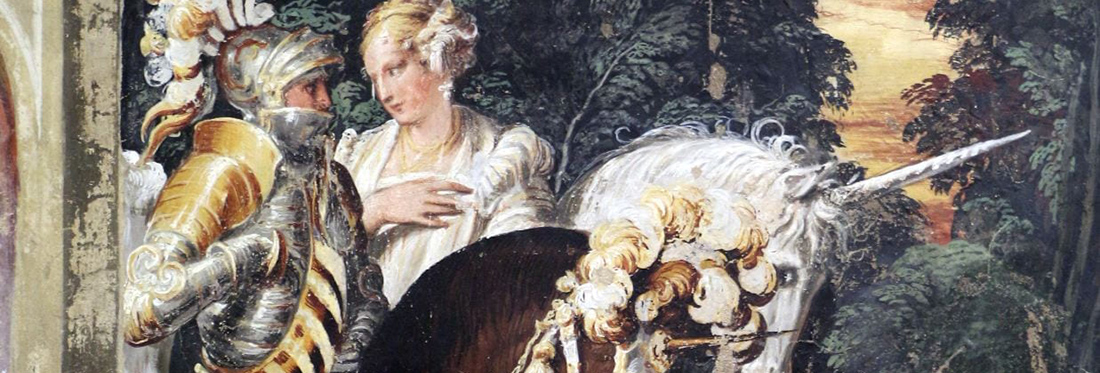
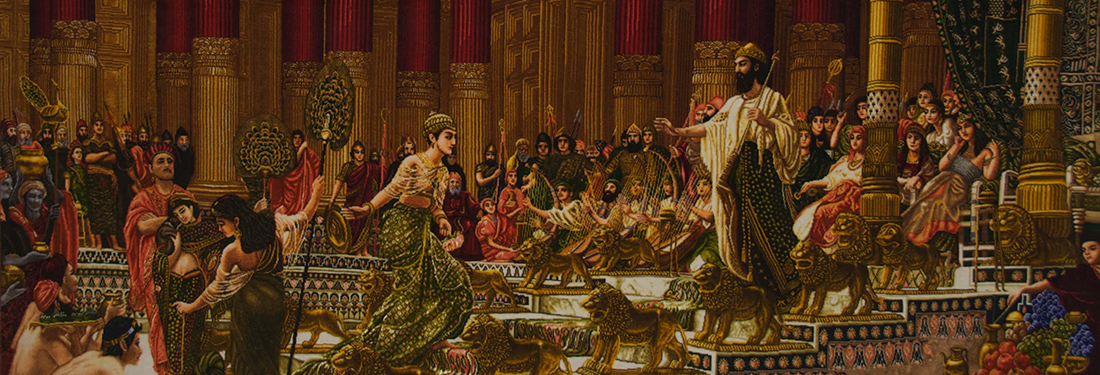
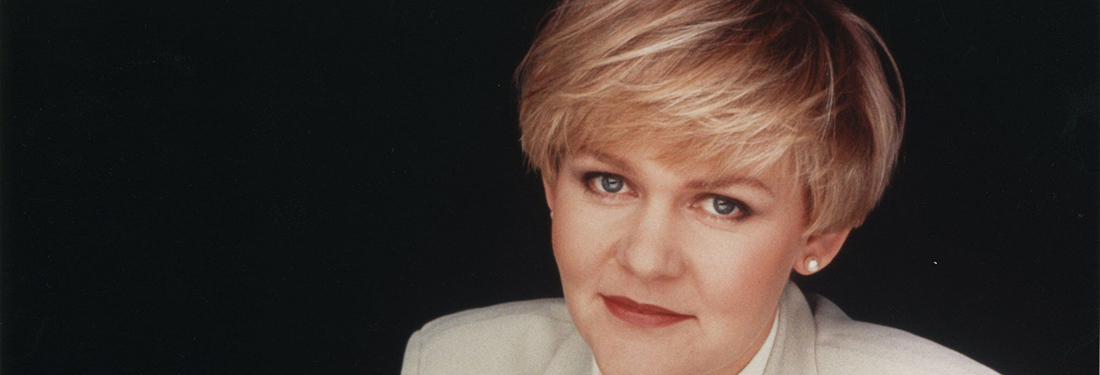
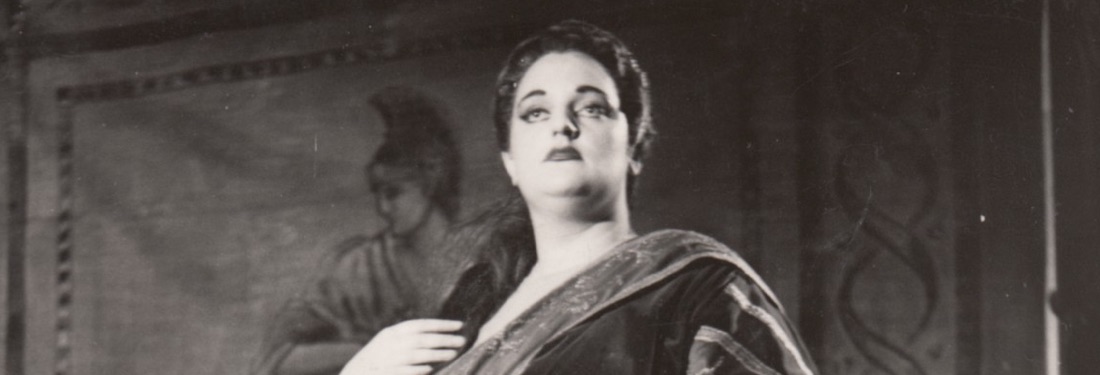
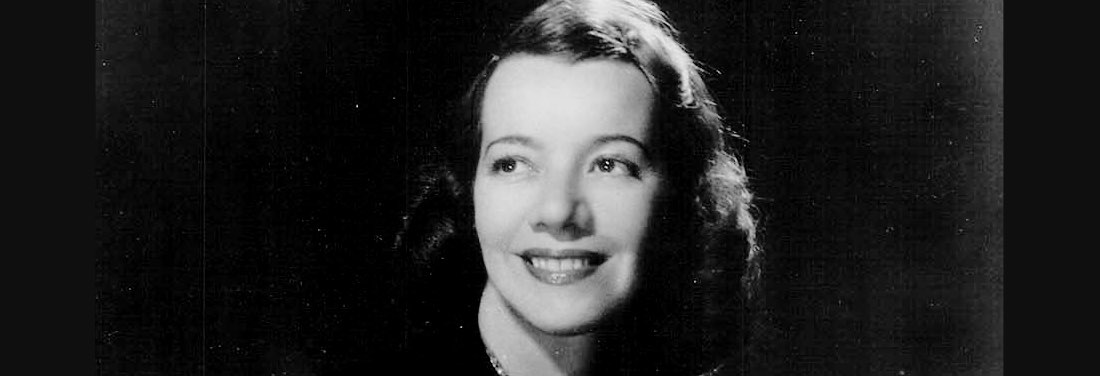
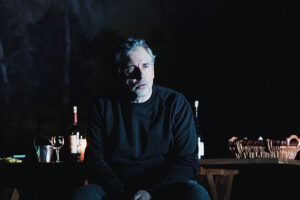
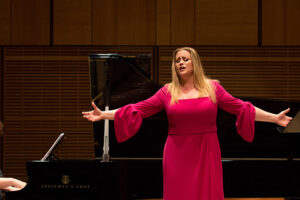
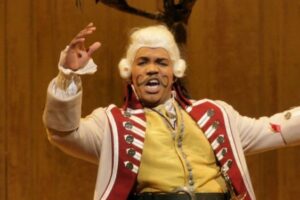

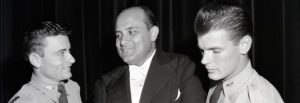
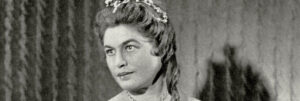



Comments